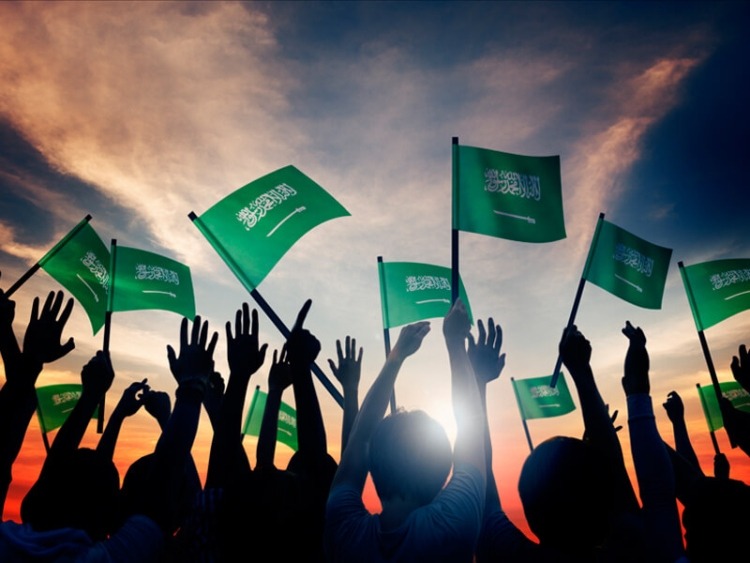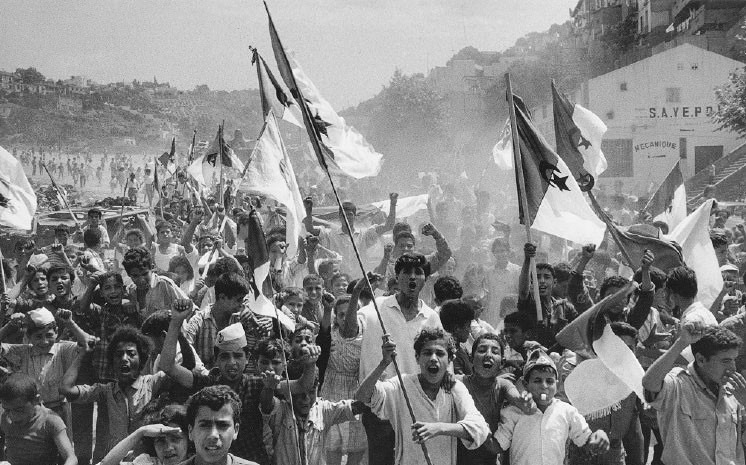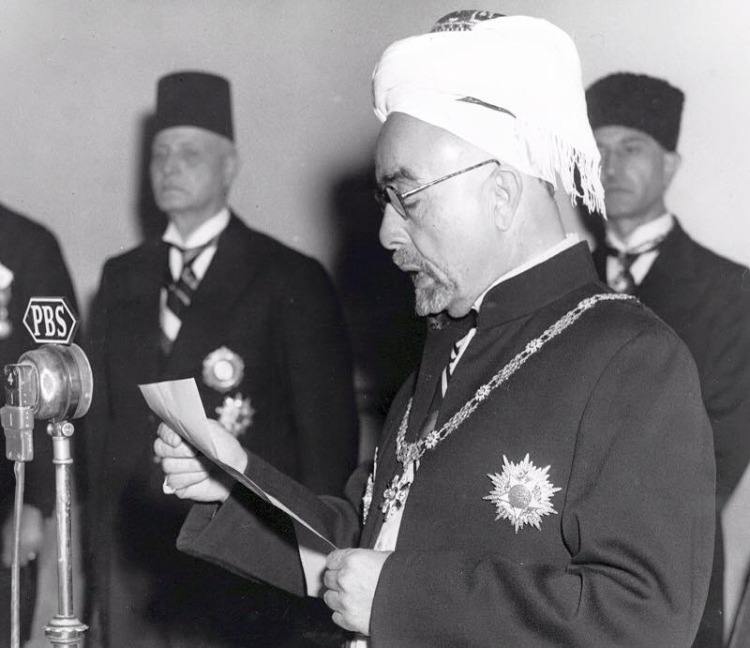A country’s national day is one marked with joy and celebration. On that day, the country may have gained independence, became a republic or turned into a federation. It marks a significant political and social shift of that particular nation and that is why, every year, festivities are held to commemorate and honor the historical event.
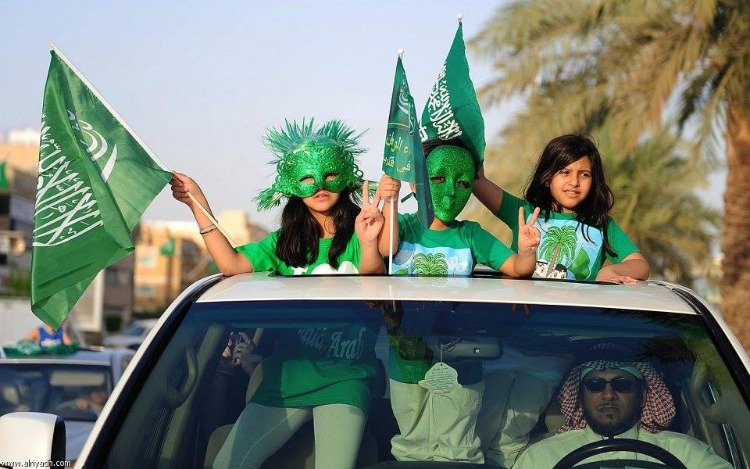
Tomorrow is one such day as the entire Saudi nation will come together to commemorate the unification of the Kingdom during Saudi National Day. The story behind this day all began on January 15th, 1902 when King Abdulaziz entered Riyadh and retook its land. Slowly, he took over territories scattered all over the Kingdom including the Najd and Al Washam areas. By 1932, he had control over the entire region marking the event with the official unification of the Kingdom.
To celebrate this day, we thought we would look back at other national days around the Middle East and the story behind why they hold a special place for each Arab nation.
Egypt’s The July 23rd Revolution Day
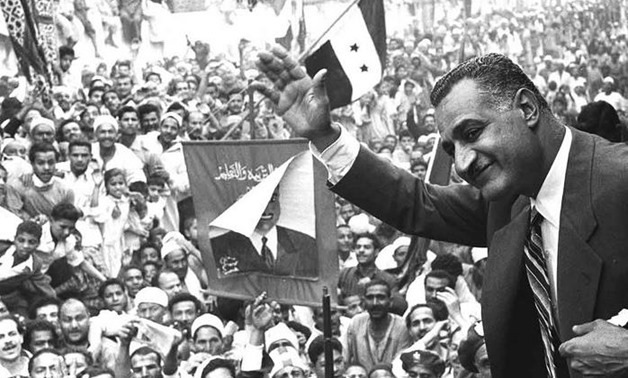
On July 23rd in 1952, Egypt ended its 30-year monarchy and became a republic. At that time, there was a group of young people and officers who were part of what was known as the Free Officers Movement. Led by Gamal Abdel Nasser and General Muhammed Naguib, the movement took part in the country’s most significant revolution to date. On that day, the ruler at the time, King Farouk I was overthrown in a military coup. The end of the monarchy placed Egypt under a new political and social fabric.
Ever since then, each year on that day, with it being a national holiday, Egyptians get to take the day off. Some would tune into films that commemorate the day including “Fee Baytina Ragol” (There Is A Man In Our House), “Rod Kalby” (Back Again), and “El Kahira 30” (Cairo 30).
Lebanon’s Independence Day
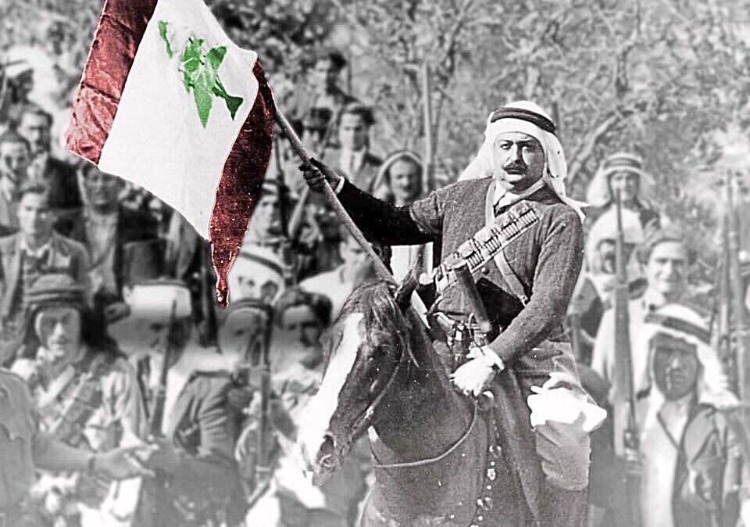
For 23 years, Lebanon was under the rule of France yet that all changed on November 22, 1943, when Lebanon officially declared its independence from the French Empire. Prior to the country beginning its new chapter, they were faced with strong resistance from the French.
Despite efforts taken to start the country’s shift into independence which included the elections that were held on September 21st, 1943 as well as the amendments made to the country’s constitution, the French resisted by arresting many Lebanese politicians including the president. Pressured by the British as well as Arab countries, the French eventually released the prisoners and backed out. On that same day, the country’s independence became official. In celebration, every year, the nation would hold a grand parade while locals would hang the national flag outside their homes.
UAE’s National Day
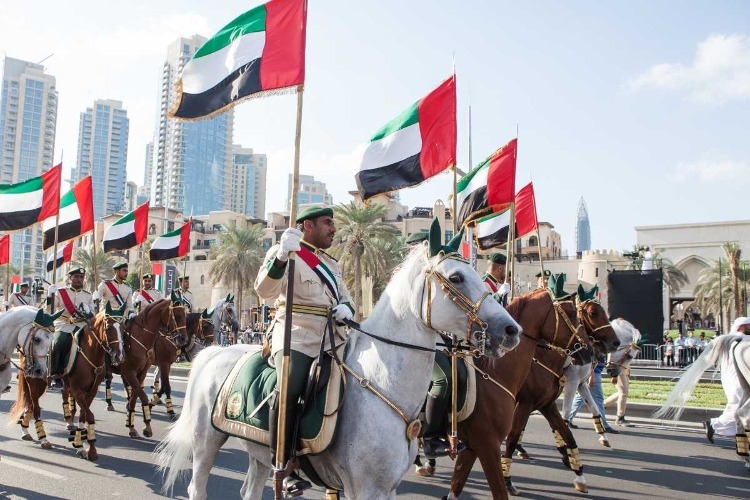
The seven Emirates of the UAE were not always a united force, rather, they started off as rival tribal groups, separated and scattered in different places. What followed was a long occupation by the British, from 1820 until 1968. With the British’s exit, not only did the tribes gain independence but it also marked their official union. On December 2nd,1971, the rulers of Abu Dhabi, Dubai, Ajman, Al Ain, Sharjah and Umm al-Quwain came together and decided to unite, officially becoming the United Arab Emirates.
Each year on that day, all the Emirates take part in a series of elaborate celebrations with the biggest being Dubai’s kaleidoscopic firework display blasting out of the Burj Khalifa.
Bahrain’s Independence Day
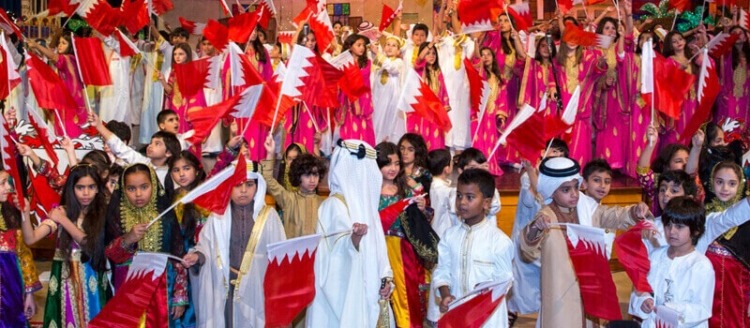
Uniquely scattered as an archipelago of 83 islands, the island nation of Bahrain as well as several other Arab countries were British Protectorates during the 1960s. The deal was Britain would protect Bahrain from naval attack and in return, the country was not allowed to develop International relations with other countries. Bahrain had to endure British rule for a long while yet their discontent was simmering all the while as they protested and entered riots to fight for their independence. Everything changed on August 15th, 1971 when the two countries made an agreement to release Bahrain from the protectorate.
What followed was the ascension of the nation’s first prince, Isa Bin Salman Al Khalifa on December 16, 1971. As the prince was beloved by his nation for turning it into a successful financial hub, they decided to mark his date of ascension as their national day of independence. Every year, the country would celebrate with fireworks, parades, carnivals, lasers shows.
Syria’s Evacuation Day
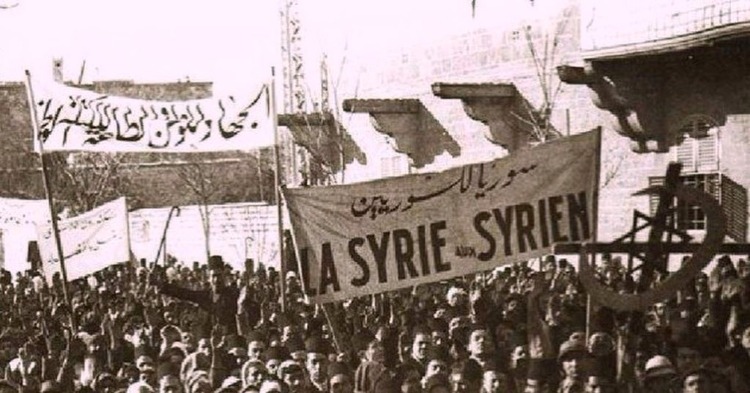
Syria was a country that had a long history of occupation. In 1916, the Ottomans that were ruling over Syria at the time made a secret pact with France, giving up their rule of Syria to the French. The country remained under French rule for many years yet not without a fight. The country was fueled by protests and uprisings including 1925’s Great Syrian Revolt. The fight continued until the Second World War when the French were forced out of the country by Syrian nationalists, marking the end of French rule.
The very last French soldiers left the country on April 17, 1946, and that was the day the country gained independence. Syrians refer to this day as Jalaa day which translates into Evacuation or Clearance Day. Celebrations would include the hoisting of the Syrian flag as well as a series of vibrant fireworks and parades.
Algeria’s Independence Day
Algeria’s history with French rule is unlike other Arab countries. Known as France’s longest-held country, Algeria was ruled by the French for a staggering 132 years since 1830. Their long history is not the only unique factor of the French colonization. Unlike other Arab countries, Algeria was not treated like a colony instead, it was seen as a part of France. The country was not silenced, however. French rule spurred the entire nation into several uprisings including the famous “Red Bloody All Saints Day”, enticing the start of the Algerian War of Independence.
After countless years, the narrative and fate of Algeria changed when France and Algeria signed the Évian Accords in March 1962 which was followed by the country’s independence on July 5th, 1962. Today, the special day is commemorated through a nationwide celebration that includes large parades with hundreds of military vehicles.
Morocco’s Independence Day
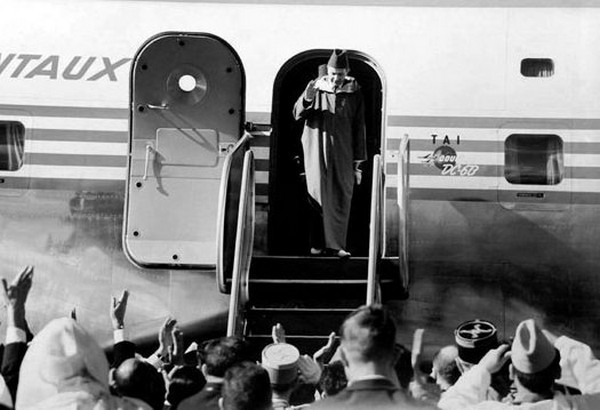
All the way back in 1912, with the signing of the Treaty of Fez, Morocco officially became a French protectorate. The treaty did not mean that Morocco was no longer a monarchy with a ruling King but at the same time, it was considered under the rule of the colonial administration. The country was not quite as dissent and anger spread towards a call for independence. Tensions grew even higher to the extent that in 1953, King Mohammed V had been exiled to Madagascar. Yet, he did make a return on November 18th, 1955 to lead negotiations. for the country’s independence and that was how Morocco’s Independence Day was formed.
Each year, the day’s celebrations are marked by a grand reception that is held at the country’s imperial palace as well as parades and lively vendors selling traditional food.
Jordan’s Independence Day
Ruled by the British since 1921 when the country officially became a British Protectorate, Jordan was under British rule all the way up to May 25th, 1946. The country’s ruler, Emir Abdullah was the one who negotiated the country’s independence which led to the signing of a treaty on March 22nd, 1946. It wasn’t until two years later that the country officially gained its independence. The country made another huge shift in December 1955 when Jordan became a part of the United Nations as well as the Arab League.
Each year, on May 25th, Jordanians would come together to commemorate this special day through parades with several people driving past in cars, honking their horns and waving the Jordanian flag in pride.
WE SAID THIS: Don’t Miss… Azimuth Festival Will Celebrate Saudi’s National Day Through An Extraordinary Lineup Of Musicians


